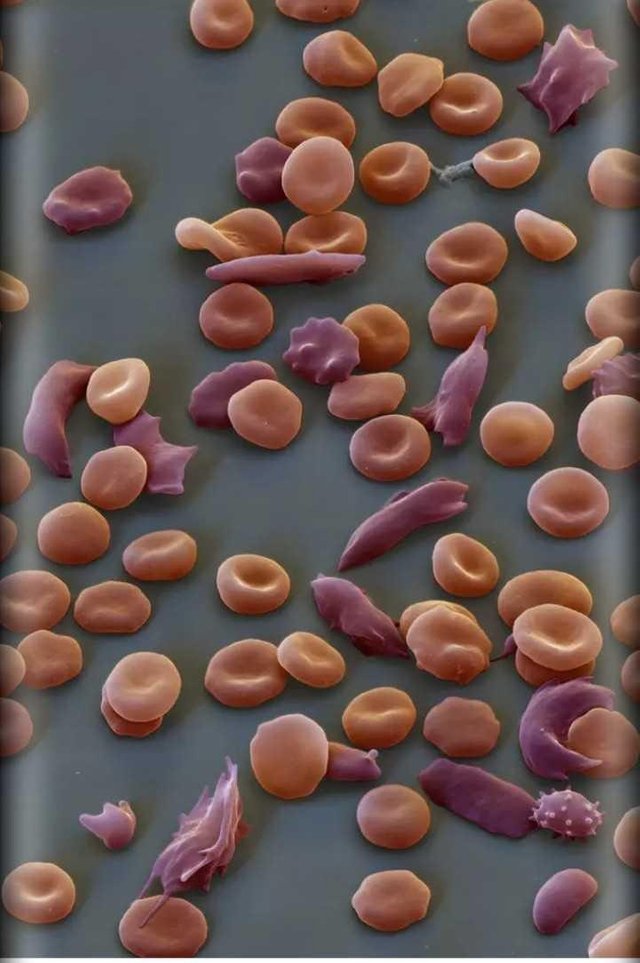How One Child’s Sickle Cell Mutation Helped Protect the World From Malaria

Thousands of years ago, a special child was born in the Sahara. At the time, this was not a desert; it was a green belt of savannas, woodlands, lakes and rivers. Bands of hunter-gatherers thrived there, catching fish and spearing hippos.
A genetic mutation had altered the child’s hemoglobin, the molecule in red blood cells that ferries oxygen through the body. It was not harmful; there are two copies of every gene, and the child’s other hemoglobin gene was normal. The child survived, had a family and passed down the mutation to future generations.
As the greenery turned to desert, the descendants of the hunter-gatherers became cattle-herders and farmers, and moved to other parts of Africa. The mutation endured over generations, and for good reason. People who carried one mutated gene were protected against one of the biggest threats to humans in the region: malaria.
There was just one problem with this genetic advantage: From time to time, two descendants of that child would meet and start a family. Some of their children inherited two copies of the mutant hemoglobin gene instead of one.